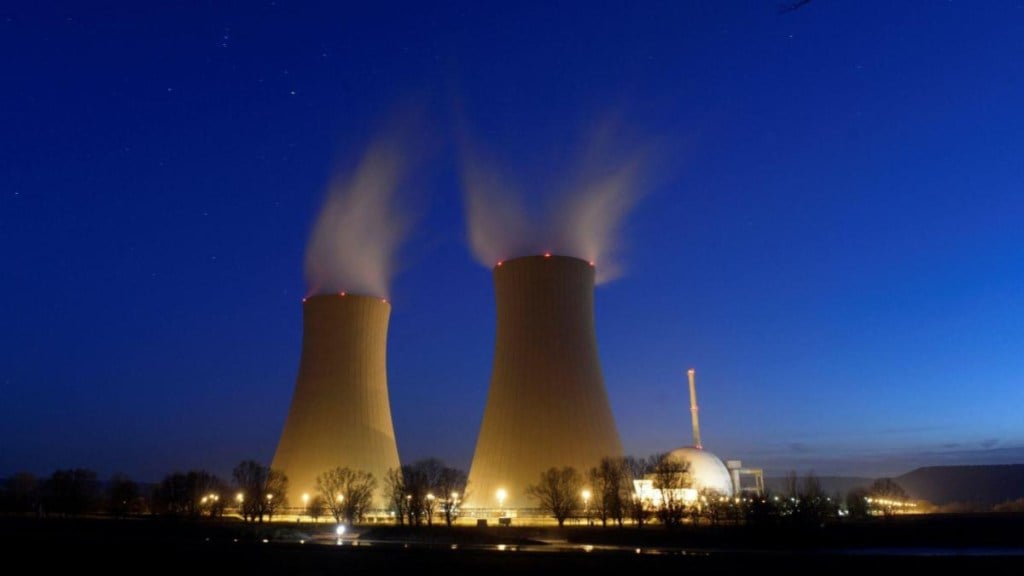India’s nuclear regulatory authority, the Atomic Energy Regulatory Board (AERB), has granted crucial permissions to advance the 500 MWe Prototype Fast Breeder Reactor (PFBR) at Kalpakkam towards power production. The approval allows for fuel loading and the initiation of a controlled chain reaction, marking a significant milestone in India’s nuclear power program.
The AERB’s board convened at Kalpakkam in Tamil Nadu on Saturday to deliberate on and ultimately approve the ‘First Approach to Criticality’, which includes loading plutonium fuel into the reactor, according to an official statement. The board also authorized the conduct of ‘Low Power Physics Experiments’ in the PFBR.
“In a fast reactor, the first criticality is achieved during the fuel loading process. This is why permission for these three activities was granted simultaneously,” a senior official told PTI.
The process began in March, when Prime Minister Narendra Modi observed the core loading activities of the PFBR. The phased core loading began with the insertion of control sub-assemblies, followed by blanket sub-assemblies, under the AERB’s oversight.
The AERB has conducted extensive safety reviews and assessments through a multi-tier safety review mechanism. These reviews are supplemented by periodic inspections and observations from a resident site observer team, ensuring thorough regulatory oversight.
“The Board assured itself of the systematic regulatory oversight by the AERB, took cognizance of the detailed submissions presented, safety review outcomes tabled, and also visited the plant. Based on this, the permission was granted,” the statement said.
In the final stage of core loading, fuel sub-assemblies will be loaded into the reactor core, initiating the nuclear fission process. Upon achieving a sustained nuclear fission chain reaction, a phenomenon known as criticality, various low power physics experiments will be conducted.
